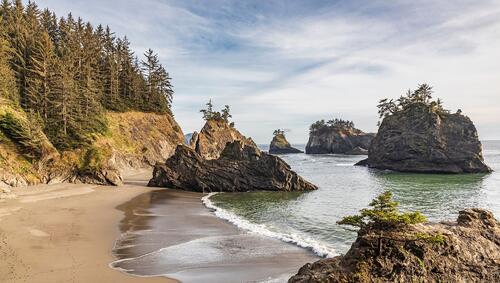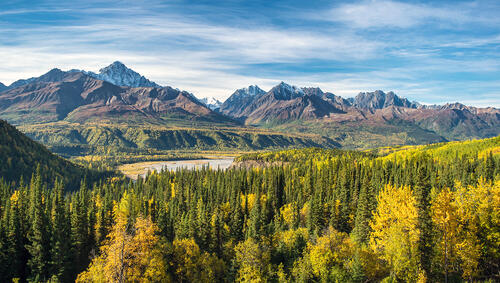The more difficult a beach is to access, the more likely you’ll be able to enjoy those sands all to yourself, or shared with just a handful of others. While hidden stretches like these are becoming increasingly uncommon, there are still some impressive gems where you can immerse yourself in total tranquility with only the only sounds heard that of the songs of the birds and the waves crashing against the shore to keep you company.
From the Hawaiian Islands to the wild Pacific Northwest and quintessential New England dunes, you might consider planning your next trip around one of these U.S. beaches that are difficult to access while delivering lots of rewards for those who make the effort to get there.
Polihale, Kauai, Hawaii
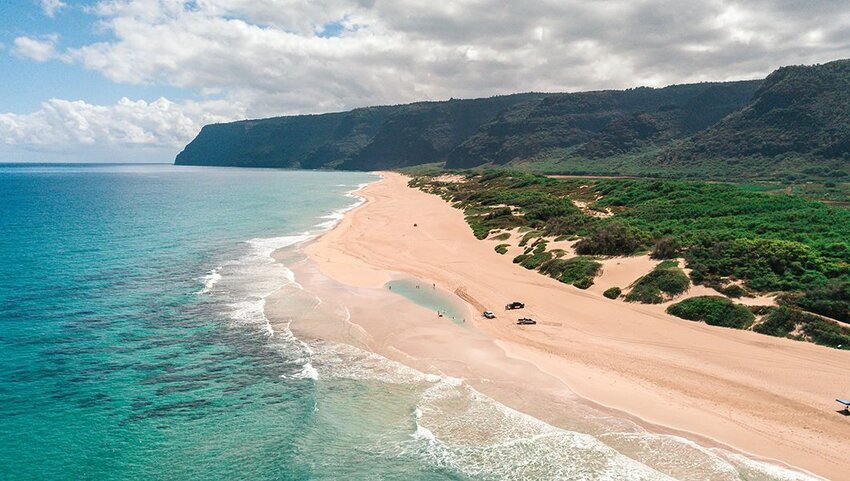
To get to Polihale, located on the remote west side of Kauai in Polihale State Park, you’ll have to drive a rough and rutted five-mile-long road which can sometimes become impassable due to flooding and is often filled with potholes. As some car rental companies prohibit the use of their vehicles here you’ll need to check your contract carefully too. Once there, you'll experience a secluded strip of golden sands guarded by the tallest sea cliffs in the world, with emerald spires rising 4,000 feet. There are 17 miles to roam and while the surf is too powerful for swimming, refreshing dips can be enjoyed in the Queen’s Pond tidal pool which sits at the northern end. If you stick around until dusk, you'll catch an enchanting sunset here as well.
Secret Beach, Brookings, Oregon
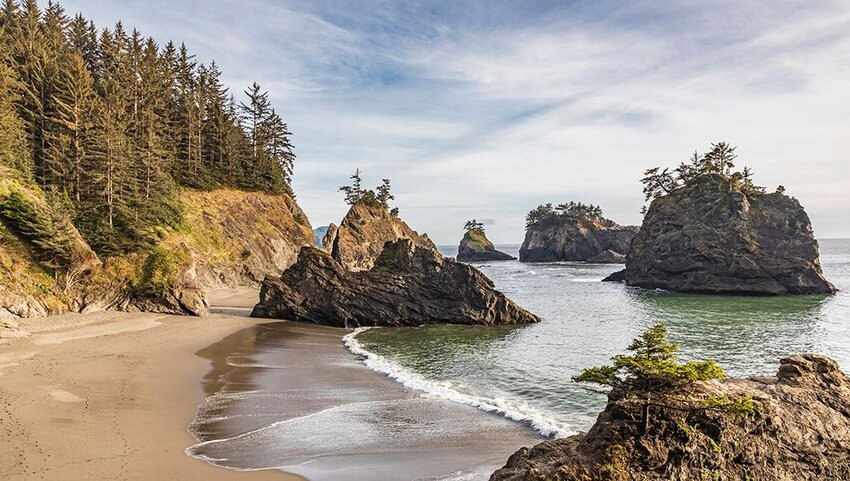
This Oregon beach is aptly named, located near the town of Brookings just north of the California border within the Samuel H. Boardman Scenic Corridor. There are no signs to Secret Beach, and it requires a moderately challenging hike on a steep .8-mile trail, accessed a little south of milepost 345 on U.S. Highway 101. Another catch is that you’ll have to check the tide tables before you arrive, as Secret Beach can only be enjoyed at low tide. Once you arrive, however, your eyes are in for a treat – it's a Pacific Northwest fantasy with jagged bluffs thrashed by waves while soaring spruce trees line black volcanic rocks. The massive rocks help to protect the beach from the brunt of the wind and the waves, providing an oasis of calm and serenity.
Bound Brook Island Beach, Wellfleet, Massachusetts
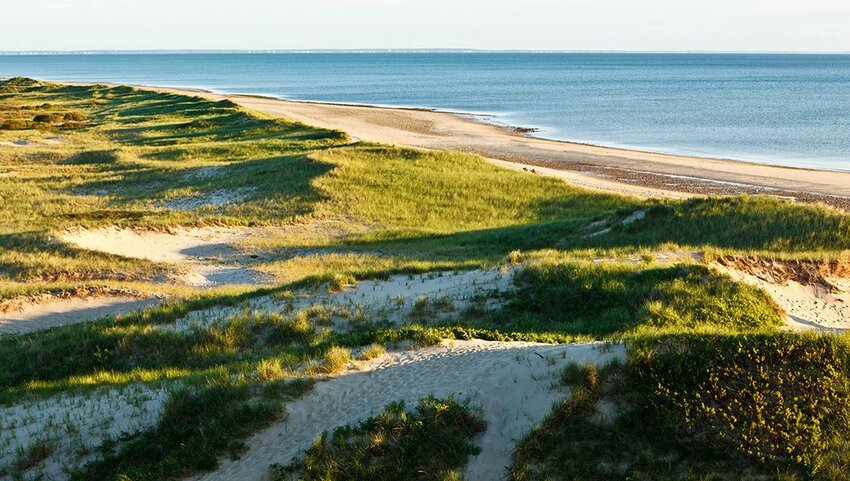
Cape Cod is one of the top summer destinations on the East Coast, bringing throngs of visitors to soak up the sun and the sand. While most of the beaches are packed with sunbathers, there are a few hidden spots where you can enjoy tranquility. Bound Brook Island Beach perfectly fits the term “hidden gem.” Tucked away in Wellfleet, few tourists are aware of it and not even many locals know about it. You’ll have to drive the narrow, bumpy Bound Brook Island Road for about a mile or you can hike it instead, typically taking about 25 minutes depending on the amount of gear you plan to bring there. Take a break on the hill to enjoy the panoramic view and once you're on the shore, you’ll discover one of the most beautiful, secluded places in all of Cape Cod. It’s a great place to explore the tide pools at low tide, or simply relax among the striking beauty and catch a sunset over Cape Cod Bay.
Greyhound Rock Beach, Davenport, California
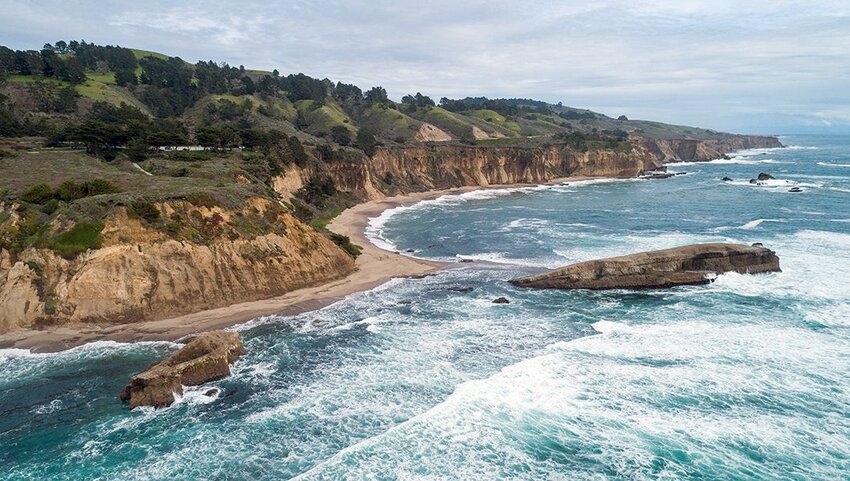
Located 6.5 miles north of the tiny town of Davenport near Santa Cruz, Greyhound Rock Beach is part of the Greyhound Rock State Marine Conservation Area. Technically, it doesn’t have a name. Iconic Greyhound Rock, which juts out into the Pacific from the golden sands, is what gave it the locals’ nickname. You won’t see the shoreline while traveling Highway 1, just a large parking lot, which most will pass by. Getting there requires a short but steep descent down a cliff, preventing visitors with strollers, a significant amount of gear, disabilities, or injuries from accessing it.
Even during a hectic summer when countless visitors fill the beaches in Santa Cruz, there are rarely more than a few people here. Surfers will find a couple of lefthand breaks, but most come to relax and enjoy the views. Greyhound Rock can easily be climbed, providing a perfect vantage point for watching the dolphins that frequently pass by.
Second Beach, La Push, Washington
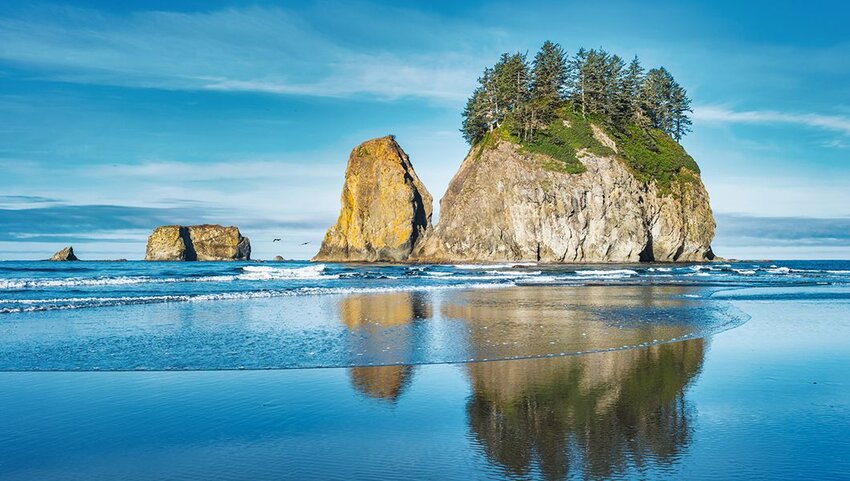
Located on the remote and lush Olympic Peninsula, Second Beach is a standout among the many wild and breathtaking beaches along the peninsula's west coast. It requires a .7-mile hike, accessed just outside the town of La Push where you’ll find a small parking lot and another larger overflow lot just east. Expect plenty of ups and downs as well as a set of stairs that leads down to the coast with soaring sea stacks rising out of the waves. Look for the arch with a hole in it where the wind whistles through creating a moaning sound on a stormy day. Enjoy the stunning cliff views and watch for all sorts of wildlife too, including seals and bald eagles. Whales can sometimes be seen passing through on their migration route in March, April, and October.
Carova Beach, Outer Banks, North Carolina
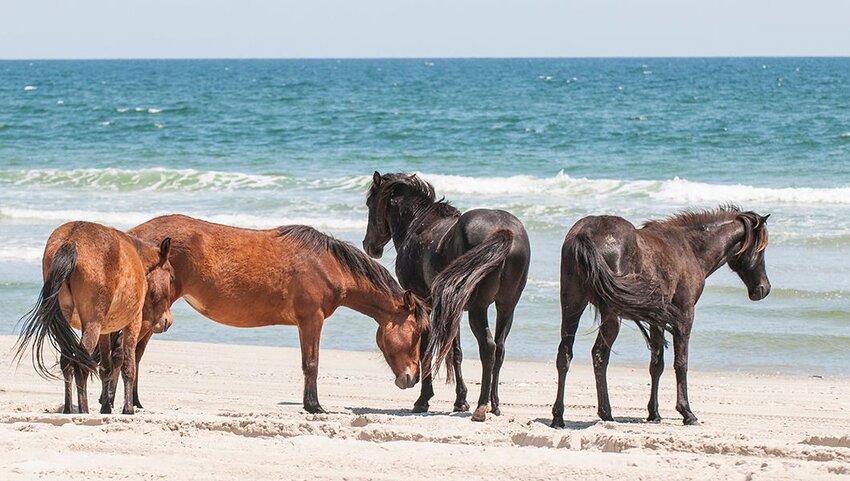
If you visit Carova Beach, you might feel as if you’re at the edge of the world. Located in the northern Outer Banks, it’s far from the beaten path, accessible only by 4X4, resulting in spectacular unspoiled scenery where one can often see the famous Corolla wild horses, descendants of Spanish mustangs, that roam free here. Those who are looking to shop or take part in nightlife should steer clear, as Mother Nature is the star attraction here. From the calm waters of Currituck Sound to the rolling waves of the Atlantic, water sports like kayaking and kiteboarding are possible or you can always just soak up the sun and the serene atmosphere.
Dry Tortugas National Park, Florida
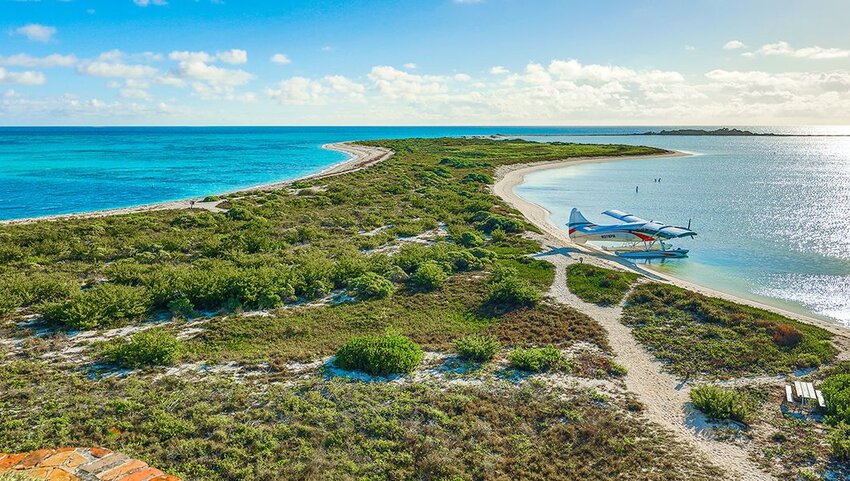
Dry Tortugas isn’t exactly a well-kept secret as a national park, but it isn’t easy to get to. Located 70 miles off the shores of Key West, you’ll have to catch a ferry or charter a seaplane to visit one of the tiny seven islands ringed by pristine white sands. There’s just one round-trip boat that sails here each day so if you opt for the ferry, you’ll want to plan well in advance.
Just 1% of the park is dry land, with the turquoise water that surrounds the islands home to the third largest reef system in the world. It’s a top spot for diving and snorkeling, with everything from shipwrecks to abundant marine life like nurse sharks, reef squid, and colorful fish seen here.
North, South, and East beaches all provide access to the Garden Key swim areas with sands that gradually slope for easy entry. At North Swim Beach and South Swim Beach, you can combine sunbathing, swimming, and kayaking, although you’ll need to bring your own kayak as there are no rental facilities in the park.

